Fellow and Intern Projects
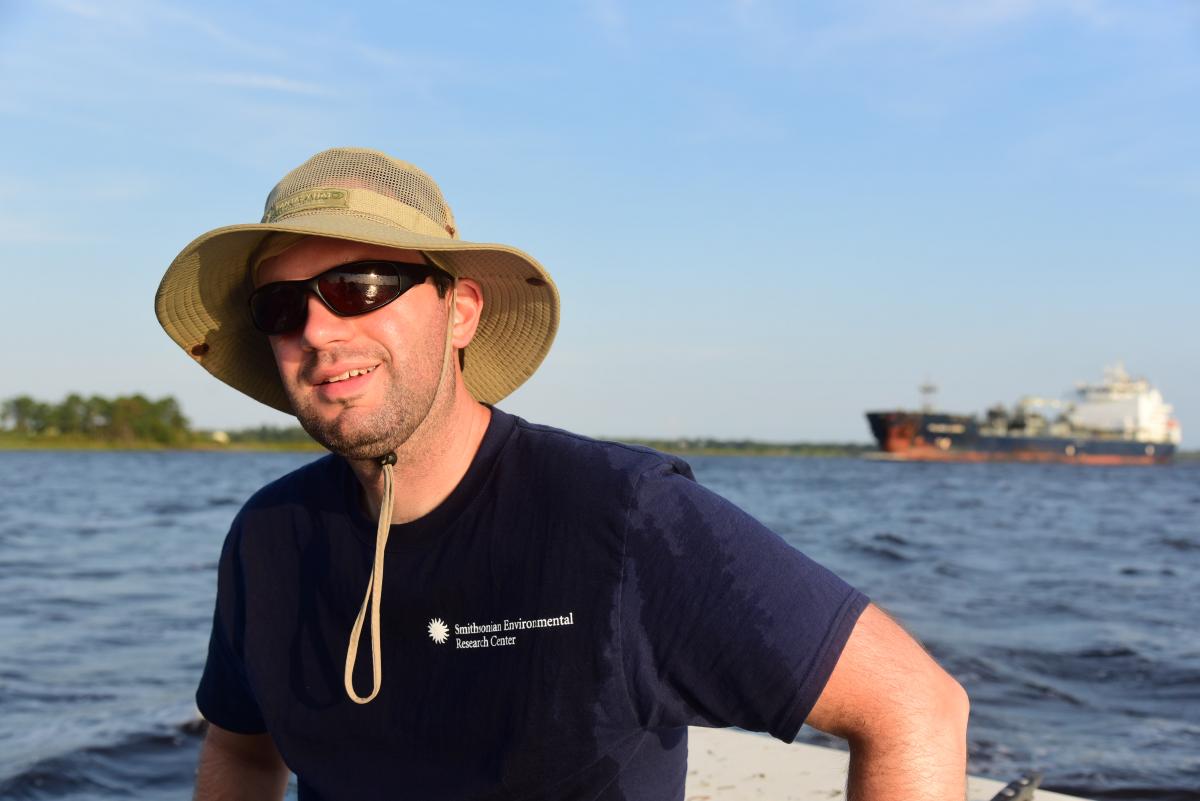
Movement of Life
Postdoctoral Fellow
Project: Coastal Shark Habitat Use and Migration
Coastal sharks, species that occur in near shore or estuarine waters, are high-level predators in marine ecosystems and can affect the populations and habitat use patterns of their prey. In addition to their ecological importance, some shark species are sought after by recreational and commercial fisheries while others are incidentally caught in large numbers. Movement and habitat use patterns are only well-known for a handful of species, especially within estuaries such as the Chesapeake Bay. My research uses acoustic and satellite tagging techniques to identify areas within the Chesapeake Bay that are important for sharks, determine where they go once they leave the estuary, and test whether their movements coincide with those of potential prey species such as cownose rays and striped bass. This project focuses on bull sharks, blacktip sharks, dusky sharks, and smooth dogfish, four species that have not historically received much research attention in the Chesapeake Bay but that each have a unique ecological role within the estuary. My research will help define the ecological roles of these species in Chesapeake Bay and the greater Atlantic coast, and will help predict how the movements of these species may be affected by a changing environment.
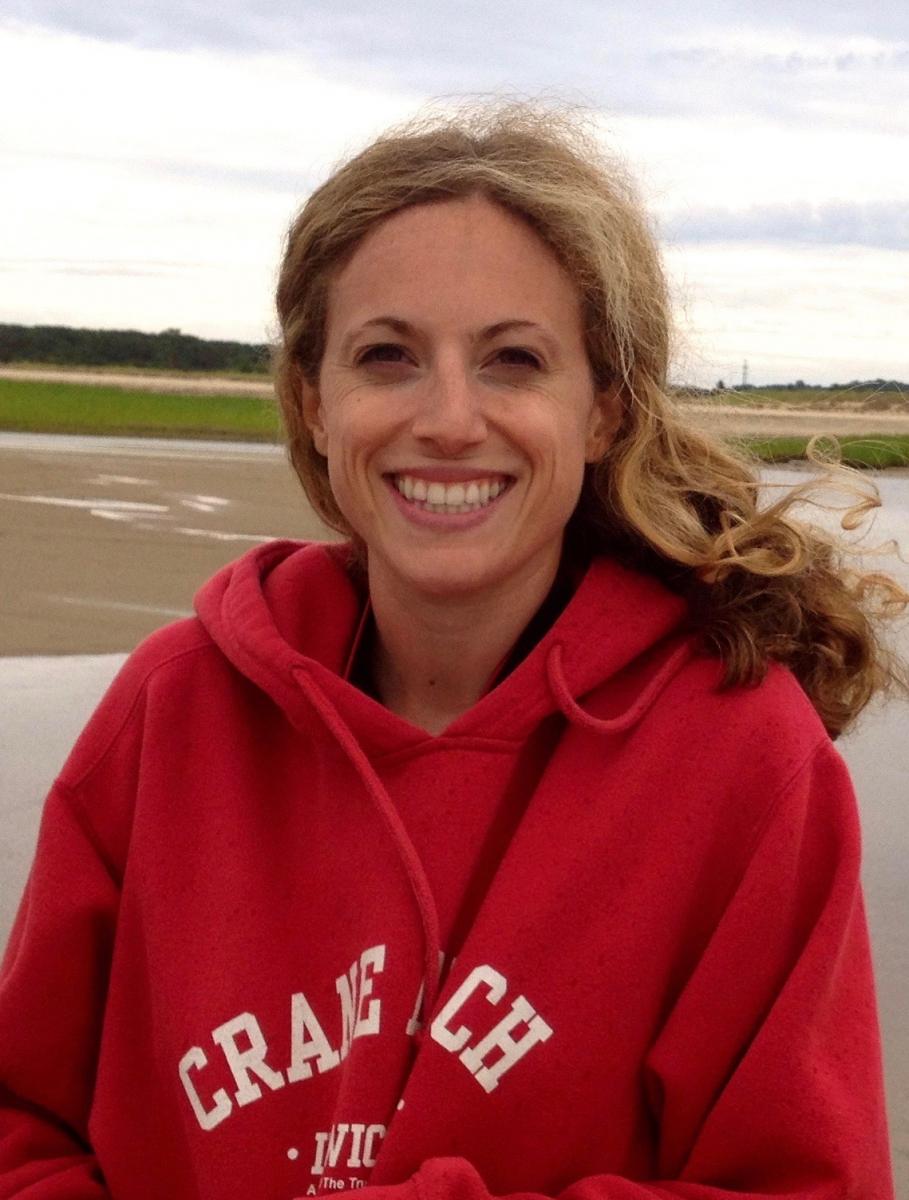
Project: Enhancing Oyster Aquaculture Production using Parental Effects
My research explores how parental experience with environmental stress can impact the response of offspring to environmental stress. At SERC, I am working with the eastern oyster, Crassostrea virginica, to investigate how parental experience with hypoxia (low dissolved oxygen levels) and elevated temperature affects the response of oyster offspring to these same stressors. Low dissolved oxygen is common in the Chesapeake Bay and can negatively affect oyster reproductive output and disease state. Moreover, hypoxia can be exacerbated by high temperatures, which may compound these negative effects on oyster performance. Exploring how these stressors operate across generations will allow us to more accurately predict long-term changes in oyster populations. This research will also illustrate how parental effects may operate in other ecologically and commercially important species. This work is in collaboration with the Marine Ecology lab at SERC. Personal website: https://sarahdonelanphd.weebly.com/
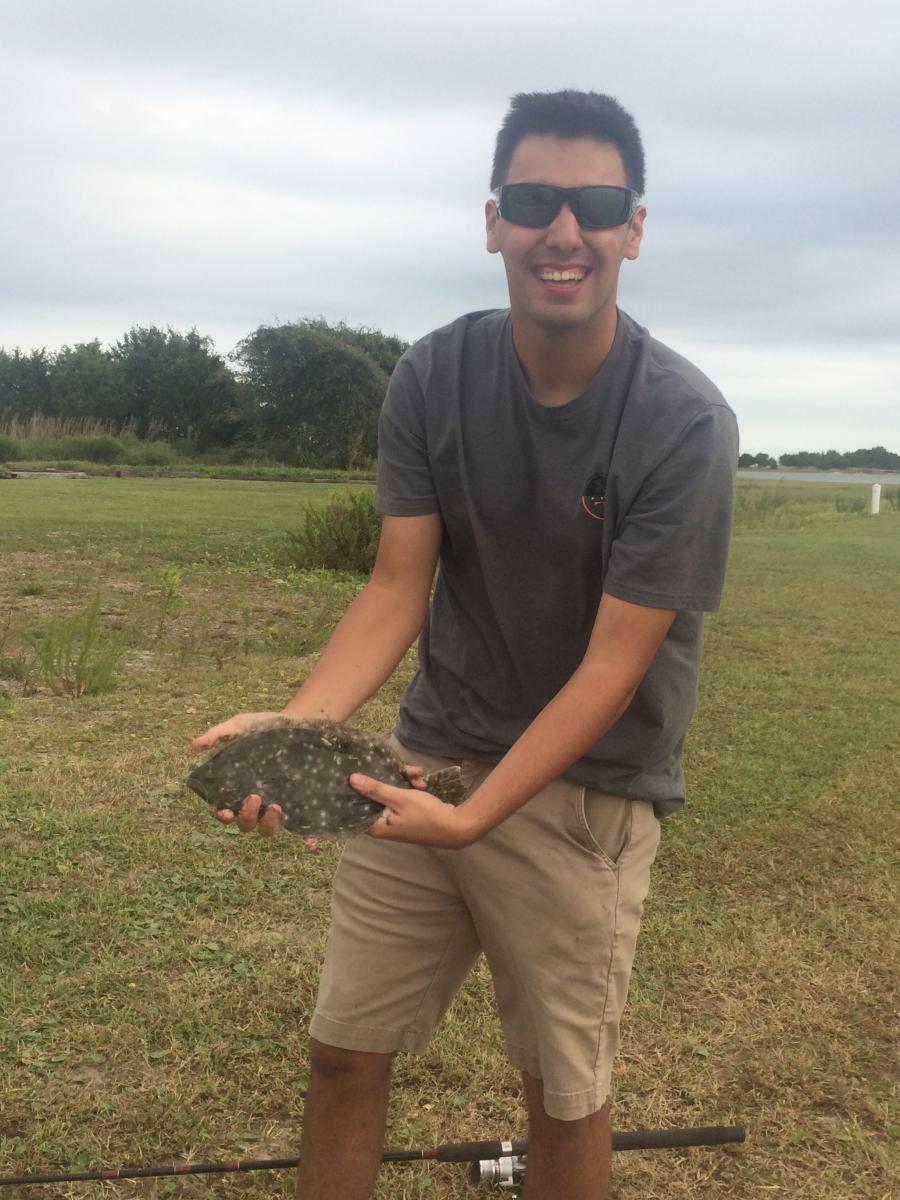
Title: Habitat Modeling of Invasive Blue Catfish in Maryland tributaries of Chesapeake Bay
Description: Despite the expansion of non-native blue catfish (Ictalurus furcatus) populations into many rivers of the Chesapeake Bay, the movement patterns and habitat use of blue catfish in these non-native habitats is poorly understood. The objective of my study is to create a predictive model of blue catfish habitat in the Patuxent, Potomac and Nanticoke rivers. Seasonal trends in preferred habitat, associated environmental variables, and movement behavior of blue catfish will be identified. My goal for this study is to assist fishery managers in controlling blue catfish by identifying areas where commercial fisheries could target fishing effort to minimize the species’ negative ecological impacts.
2018 Interns
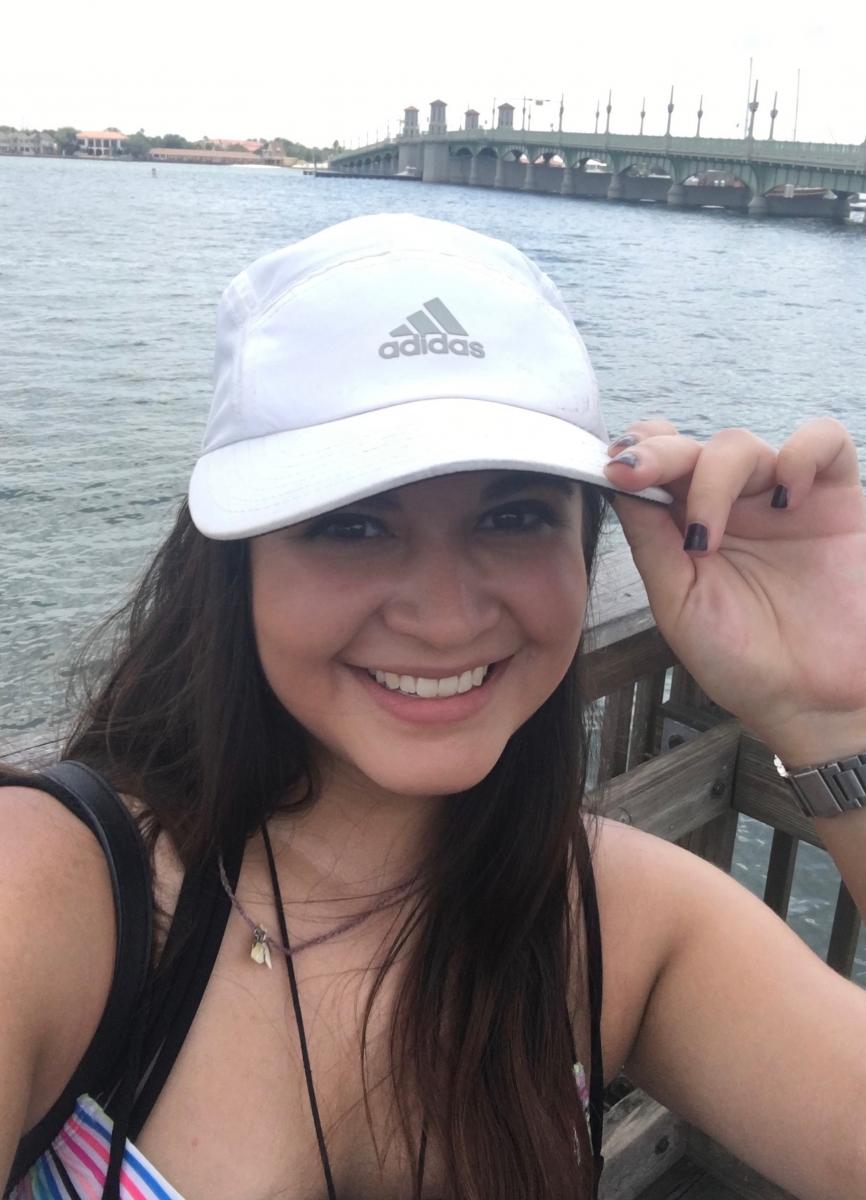
ratio of oysters in aquaculture cages
and restored sanctuary reefs.

diversity to rates of consumption
and herbivory on the
MesoAmerican reef.

habitat use and connectivity of
migratory fish in the Rhode River,
Maryland using acoustic telemetry.
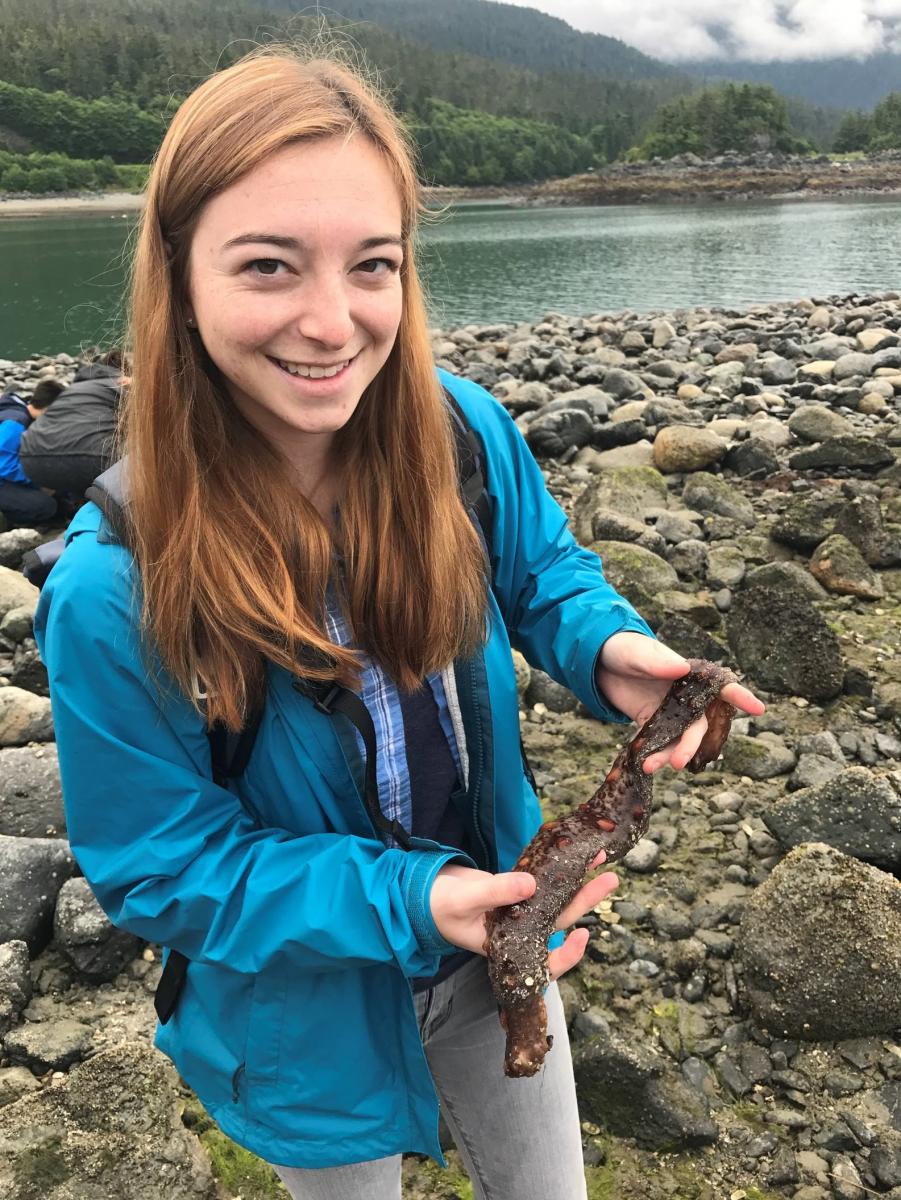
of shallow tributary forage habitats
for striped bass in Chesapeake Bay.
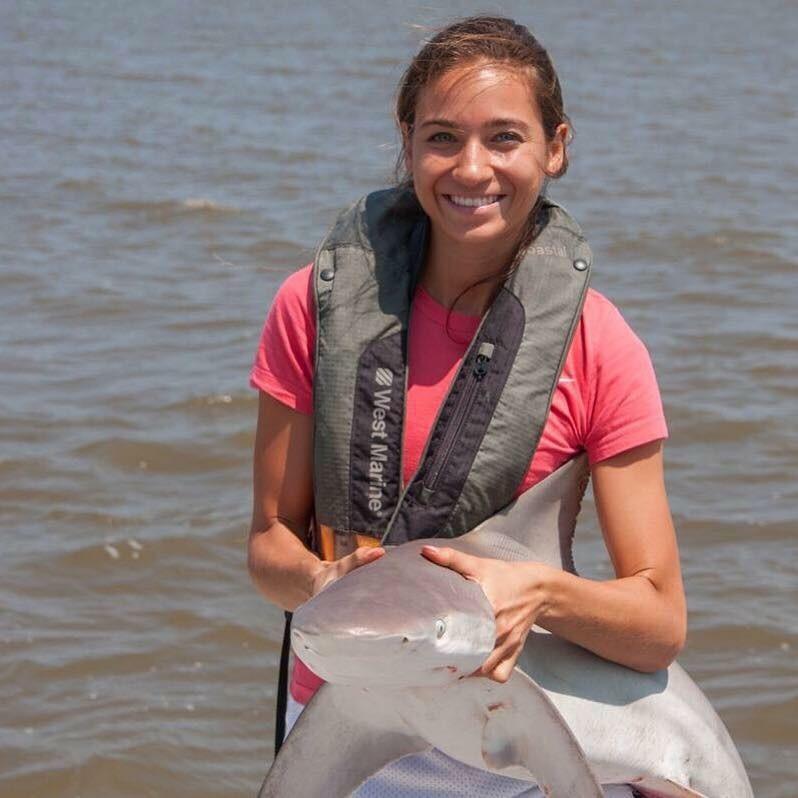
use of Bull Sharks in Indian River
Lagoon, Florida.
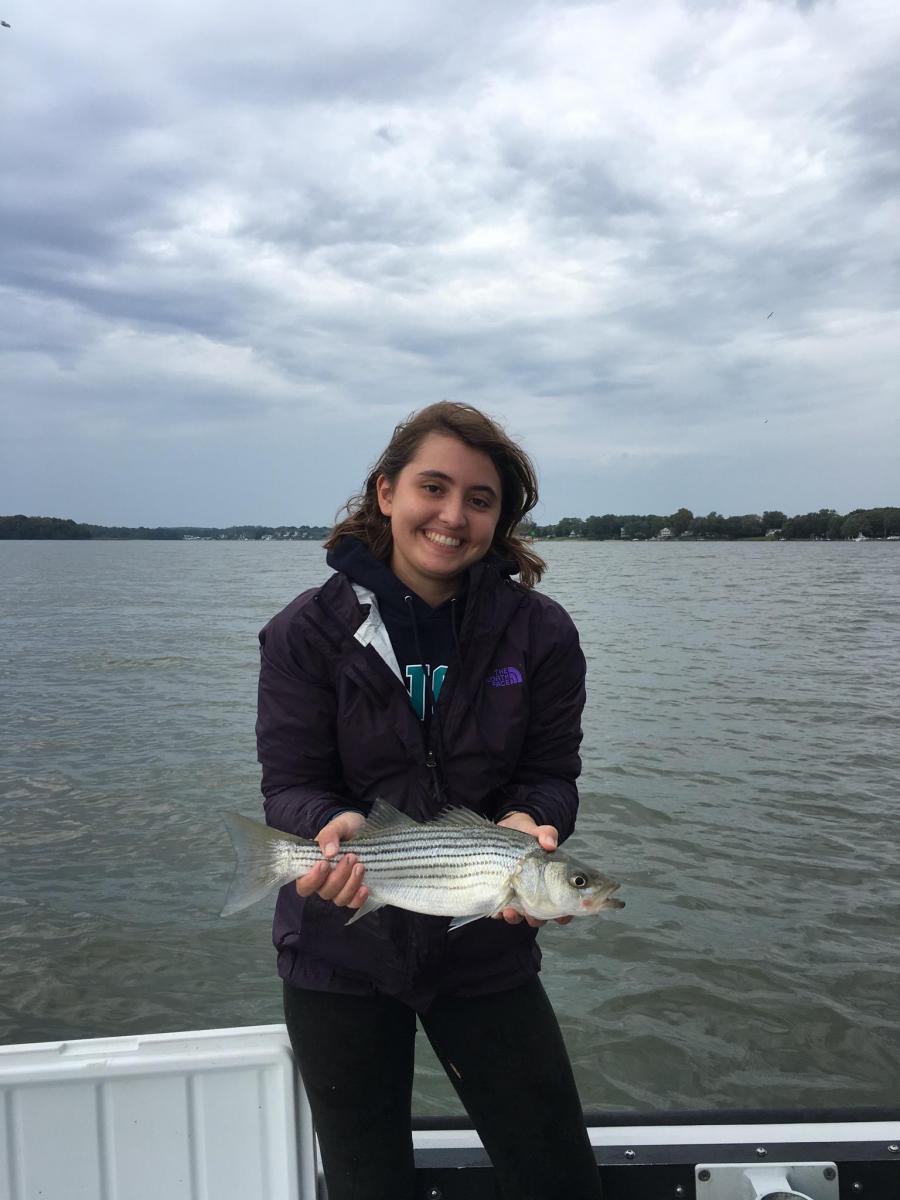
of shallow tributary forage habitats for
striped bass in Chesapeake Bay.
2017 Interns

Shark Movement:
Piloting the Smithsonian
Learning Lab as an
Education Platform
for the Movement of Life
Initiative
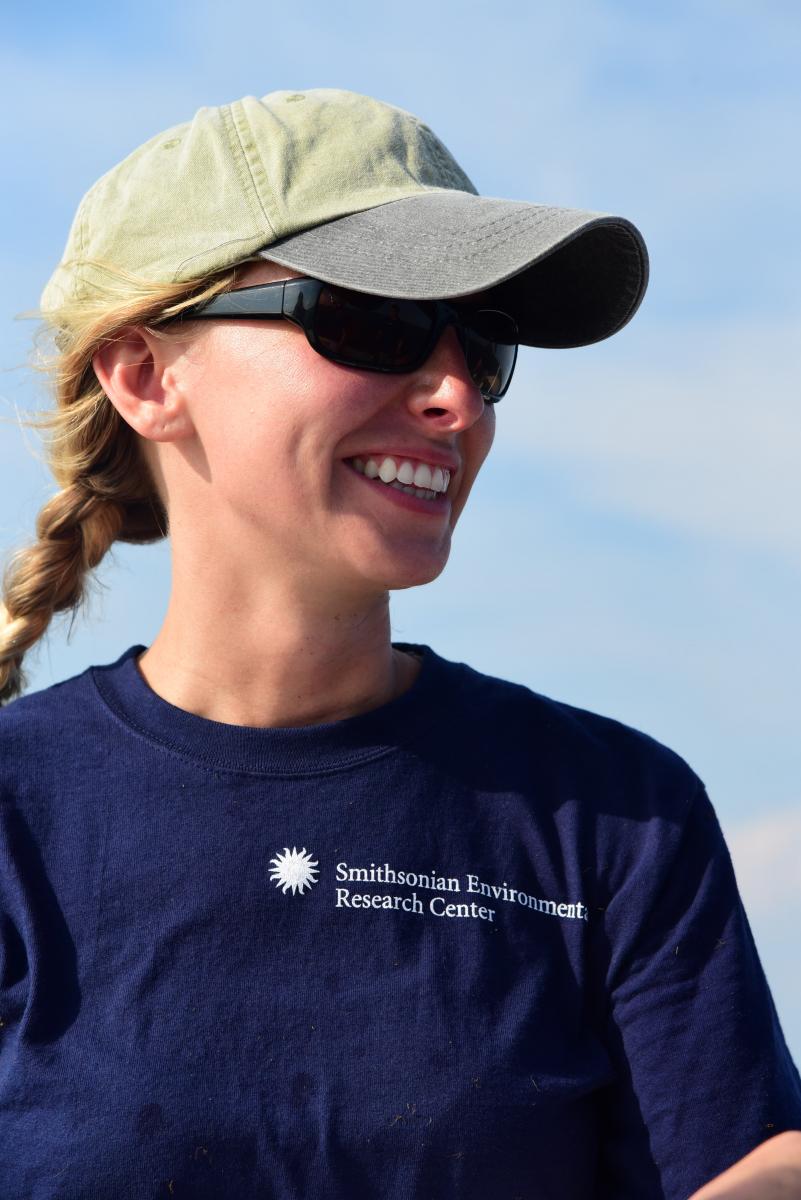
Citizen Scientists as
Vessels for Acoustic
Telemetry
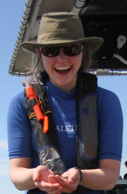
Progress and Patterns in
the Chesapeake Bay
Barcoding Initiative
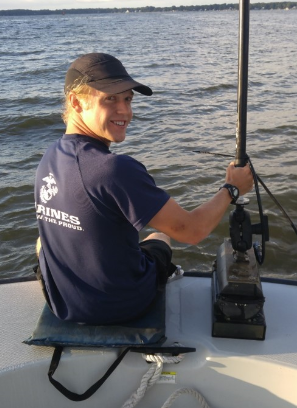
Fish Community Structure:
A Comparison of Trawl
and Sonar Data
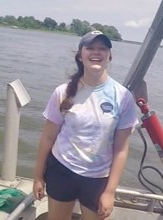
Effects of Habitat Complexity
on the Fish and Crab
Abundances of Restored
Oyster Reefs in Harris
Creek, MD
2016 Interns

Oh, Where Did They Go?
Using Acoustic Telemetry to
Understand the Habitat Use
of Carp
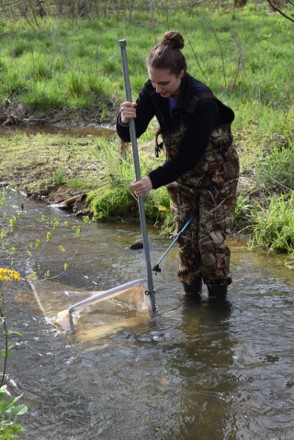
River Herring Habitat Use in
the Chesapeake Bay and
the Conservation Potential
of Dam Removal

What Can Reproductive
Biology Tell Us About the
Blue Crab Spawning Stock?
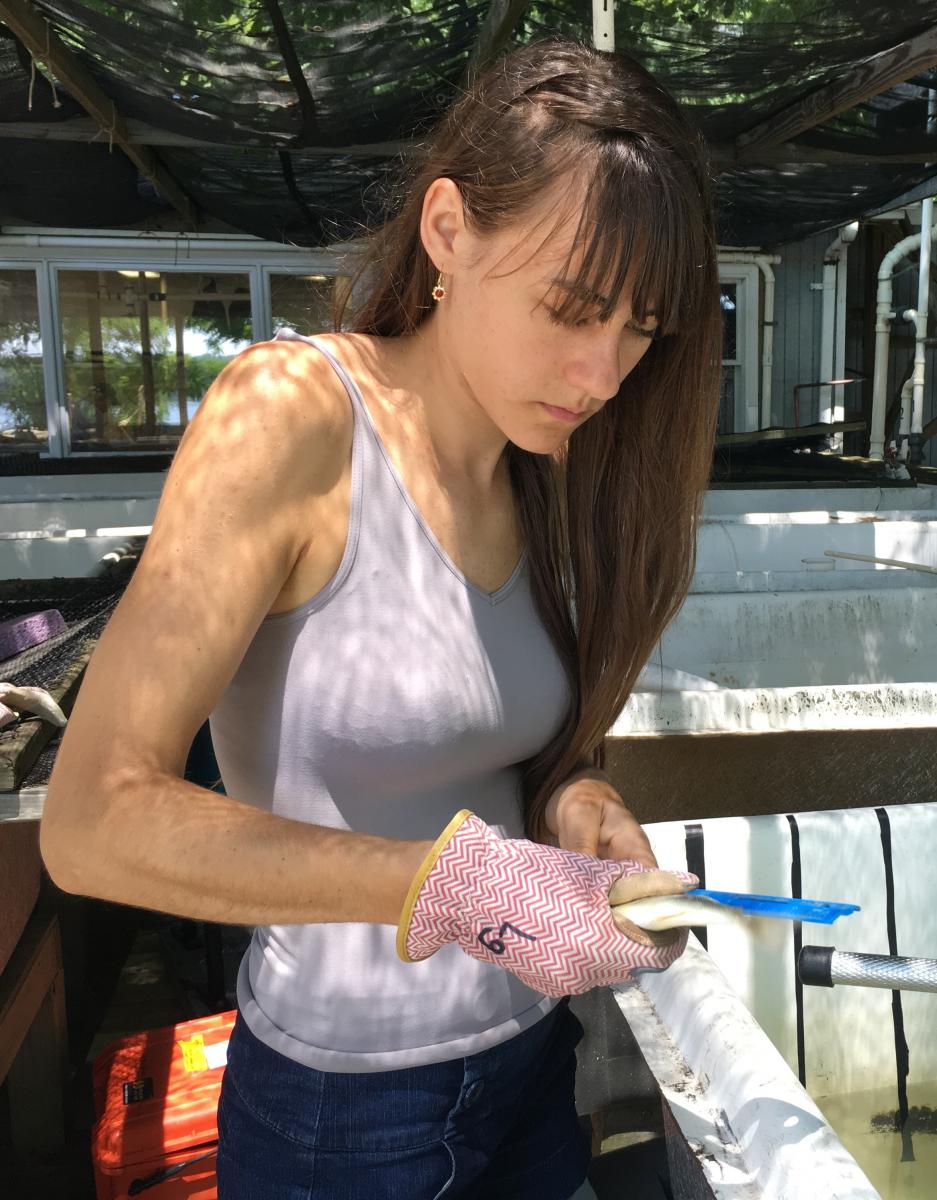
Acoustic Communication in
Bocon Toadfish
2015 Interns
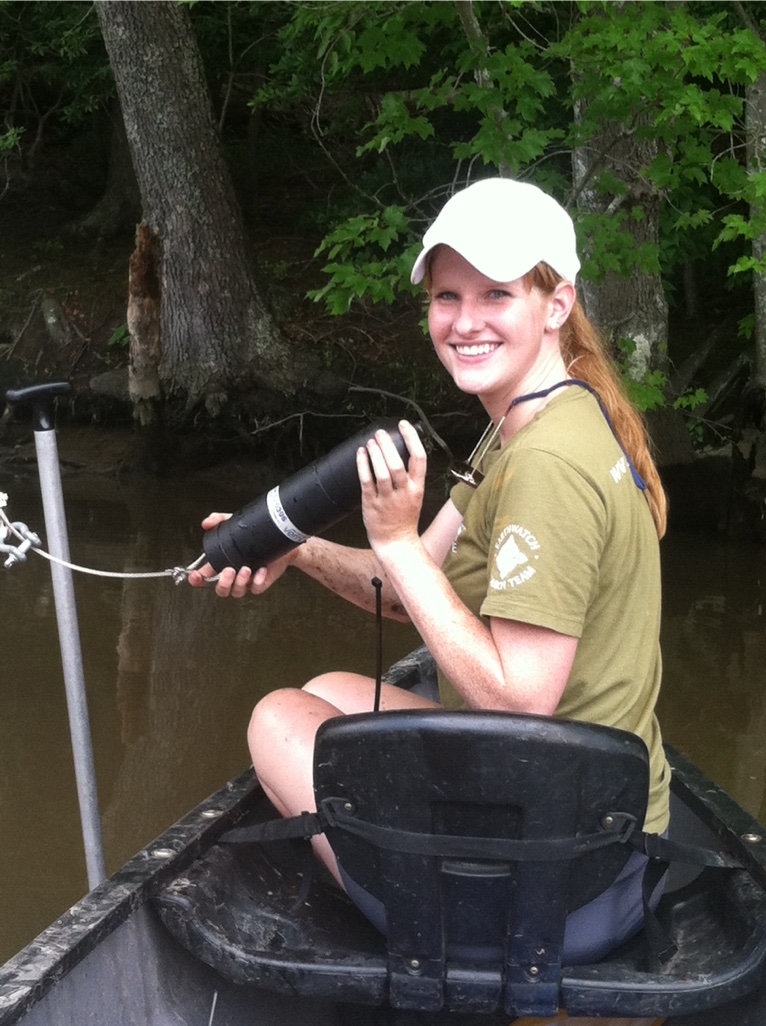
Tracking Movement of the
Common Carp in the Rhode
River using Acoustic Telemetry

Eric Kencel,
Effects of Land Cover
on River Herring Spawning
Habitat Use in the Choptank
River
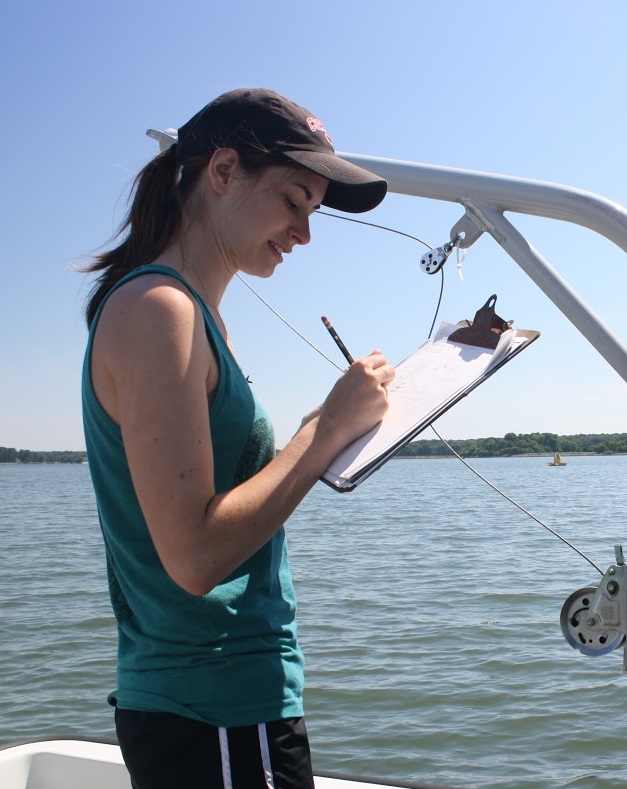
Using DIDSON to Assess
Trap Effectiveness in
Estimating Fish and Crab
Abundance in the Chesapeake
Bay

Does Oyster Reef Restoration
Affect Fish & Crab Abundance
in Tributaries of the
Chesapeake Bay?
2014 Interns
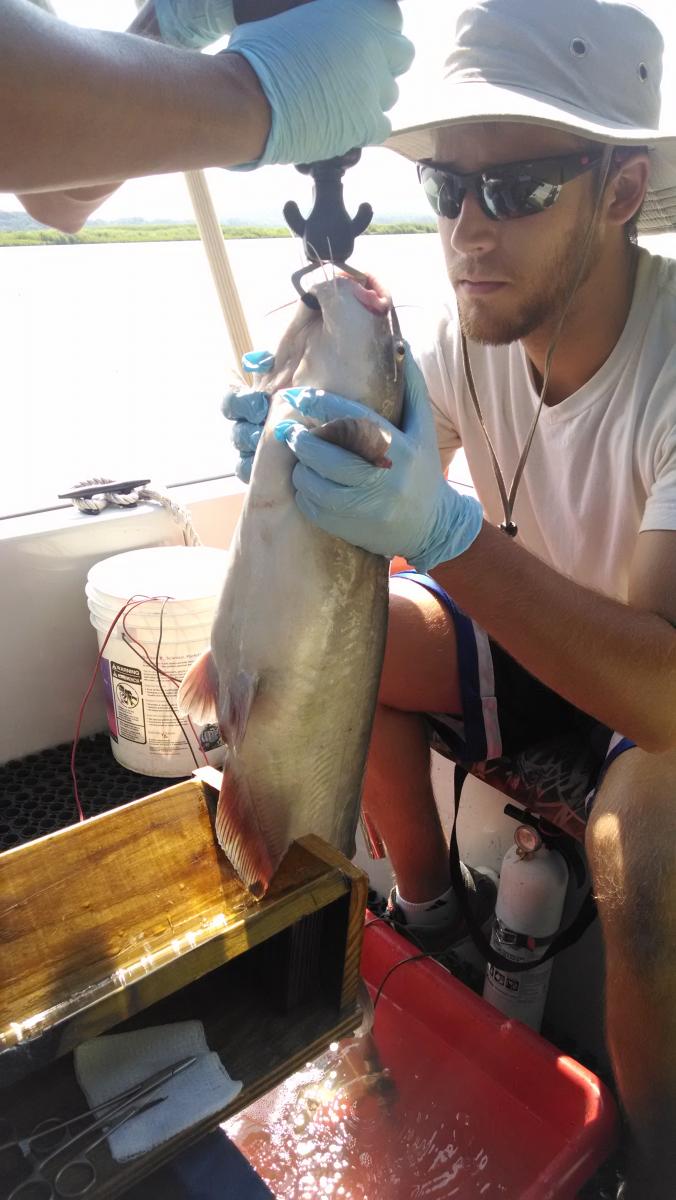
Tracking Blue Catfish Movement
in Chesapeake Bay Using
Acoustic Telemetry

Sonar and Scales: Detecting
Trends in the Chesapeake Bay
River Herring Population
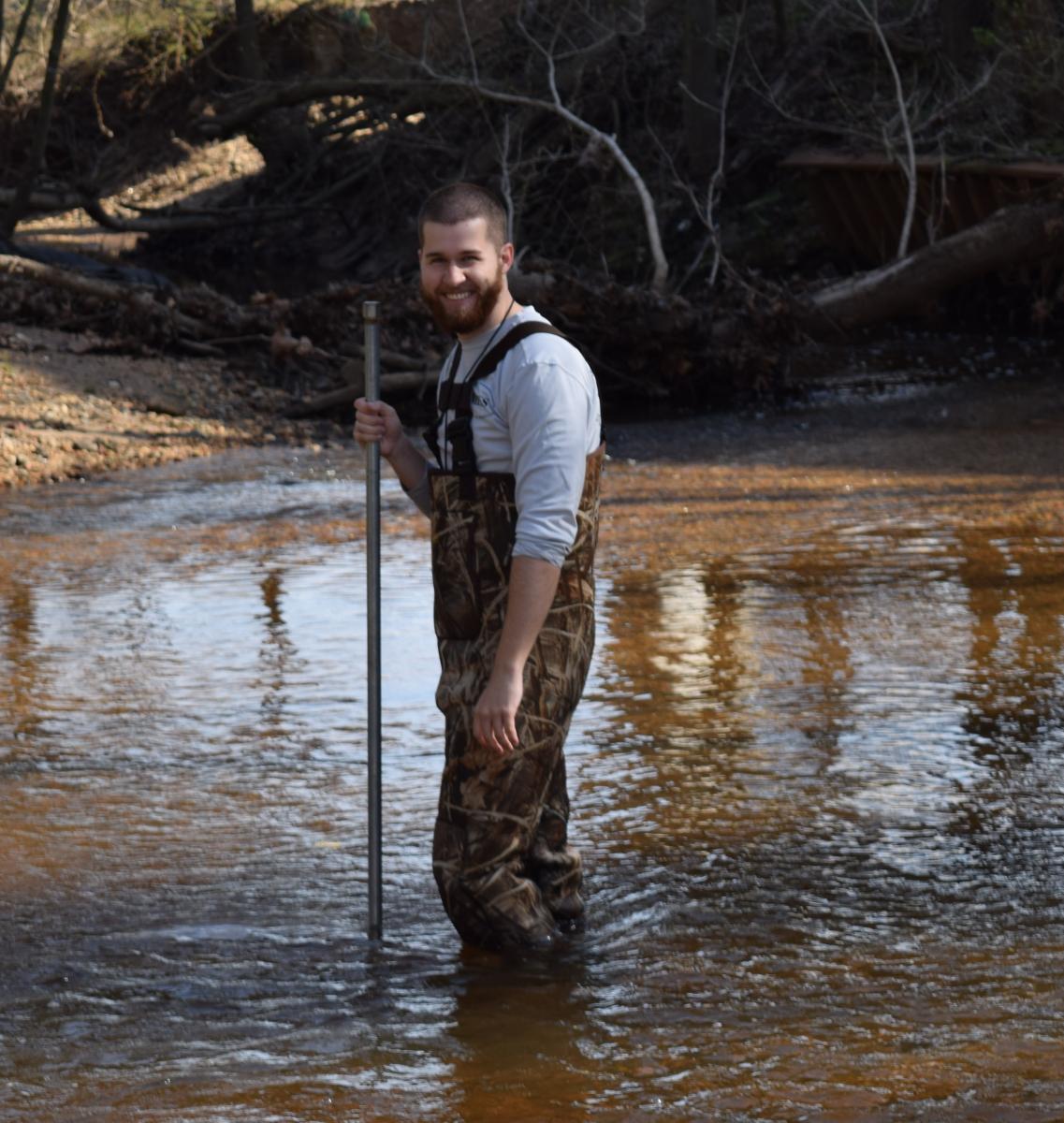
Assessing Juvenile Blue Crab
Population Dynamics and Adult
Fishery Characteristics

Agent-Based Model of
Chesapeake Bay Blue Crabs
2013 Interns
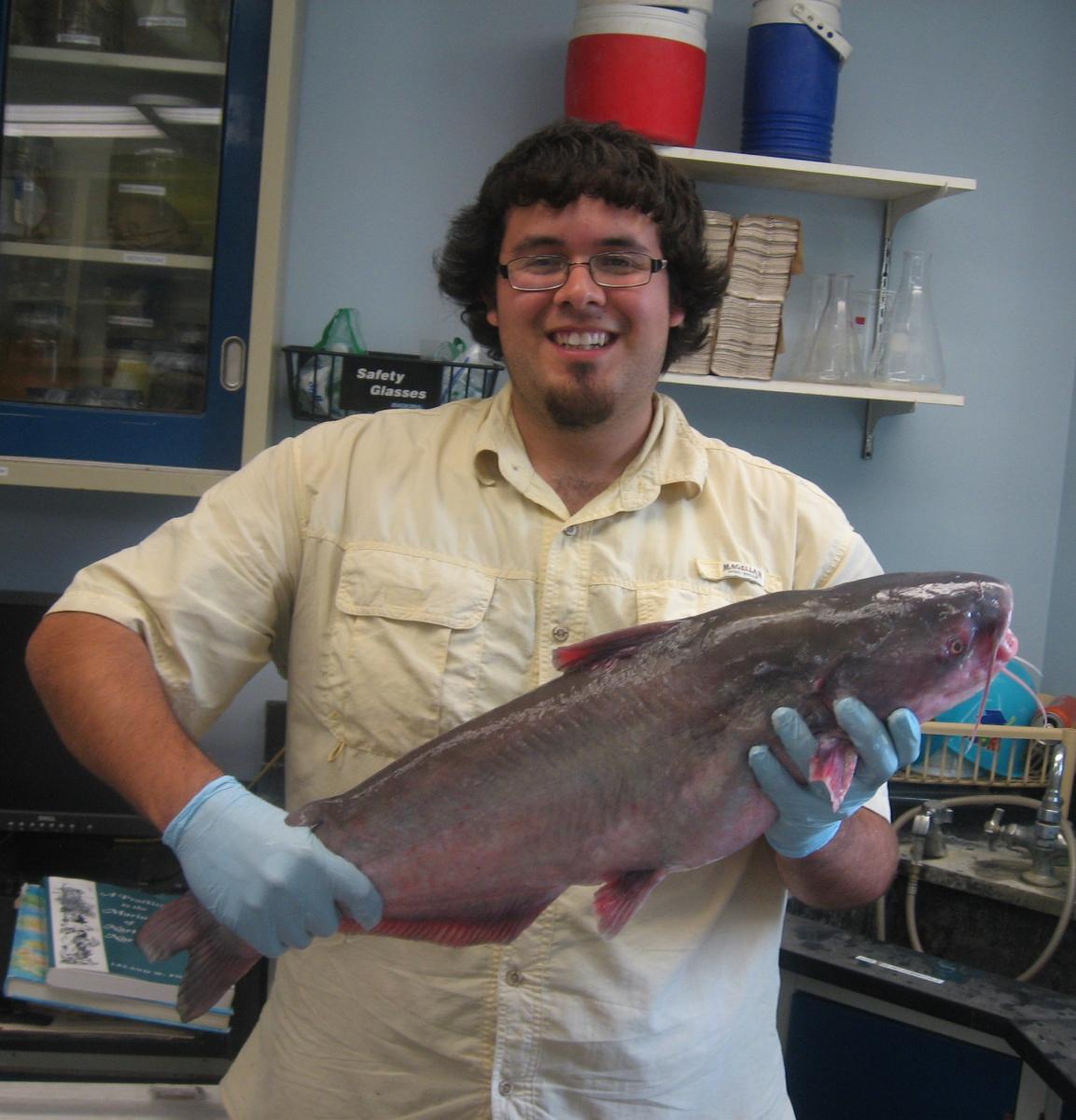
Application of Imaging Sonar to
Fisheries Ecology: Identifying
Juvenile Blue Crab Predator-Prey
Interactions

Connecting in a Digital Age:
Social Media at SERC
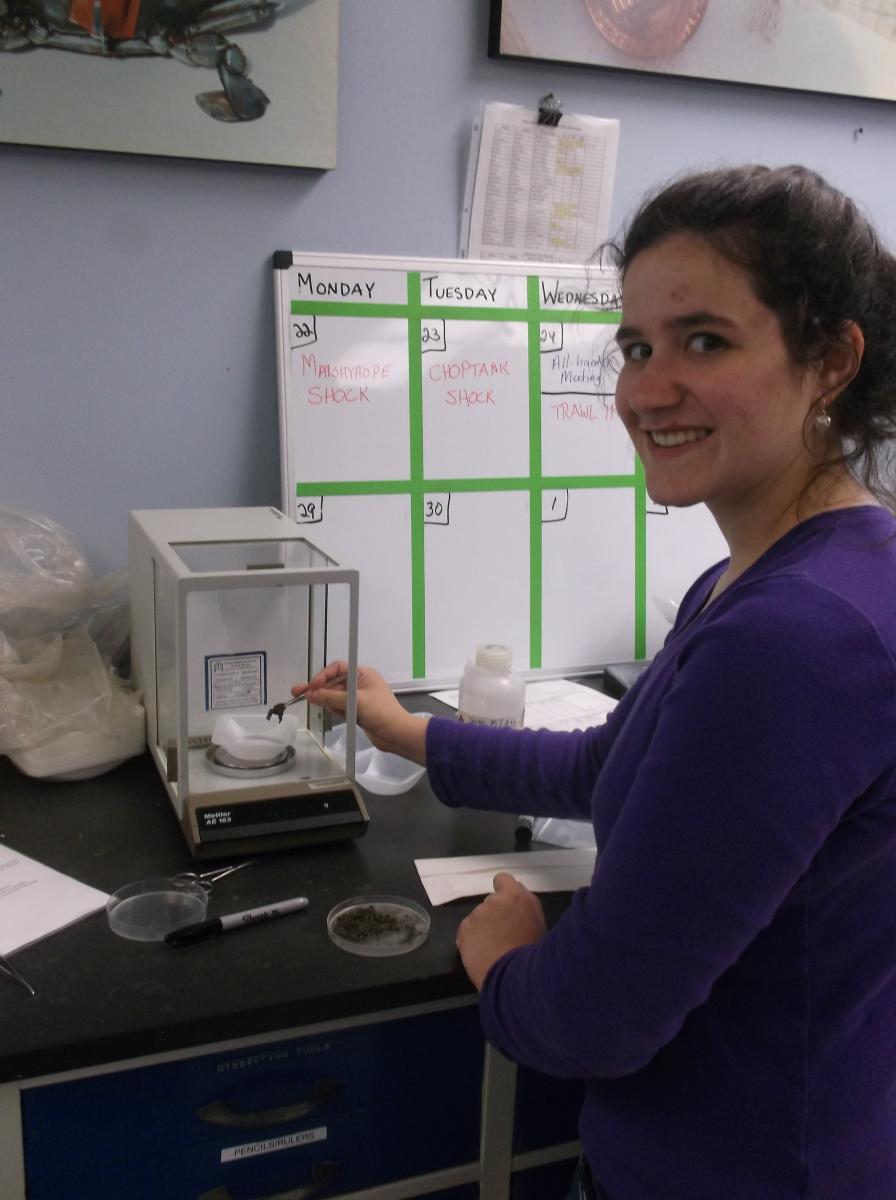
Potential Impacts of Invasive
Blue Catfish on Native White
Catfish

Determining the Impacts of
Invasive Blue Catfish in
Maryland using Diet Studies
and Acoustic Telemetry
2012 Interns

The Clam-Feeding
Preferences of Crabs

Invasive Blue Catfish, Ictalurus
furcatus: Blue Devil or Pussycat?

Near shore surveys for juvenile
blue crabs, Callinectes sapidus,
in the Chesapeake Bay

Something Smells Fishy:
Investigating the Lack of Blue
Crab Remains in Native
American Shell Middens
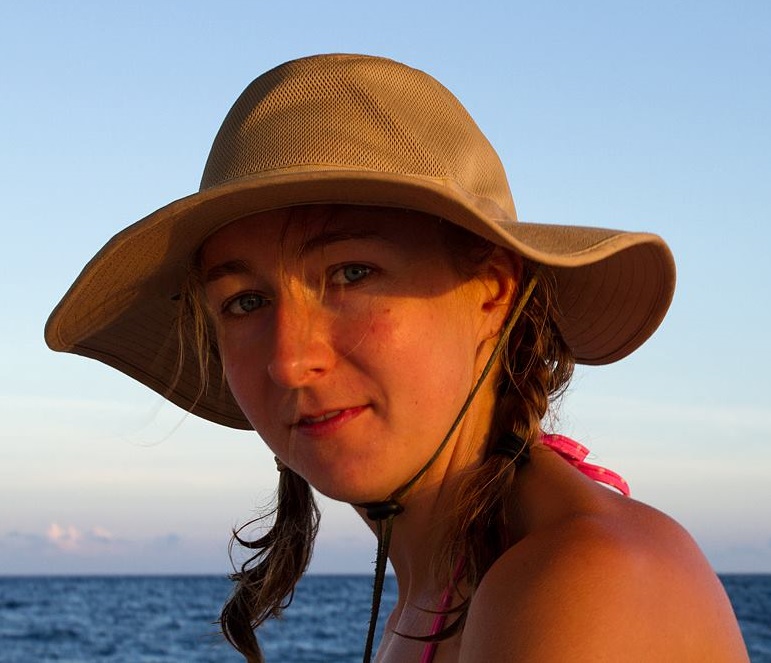
MarineGEO Postdoctoral Fellow
Project: Bioacoustics and Biodiversity
My post-doctoral research focuses on underwater soundscapes. Marine soundscapes include biological sounds (e.g. sounds made by fish), non-biological sounds (e.g. wind and waves), and anthropogenic sounds (e.g. boat noise). I am currently working on two projects spanning from the tropics to the temperate zone. First, I am exploring whether bioacoustics can be used as a biodiversity sampling tool. For this project, I am collecting acoustic recordings alongside traditional biodiversity samples. This work is important because bioacoustics can be employed in areas where traditional sampling methods, such as visual fish counts, fail - due to poor visibility. The second project examines the potential impacts of boat noise on marine communities. This work is particularly important in areas like Chesapeake Bay, in which major shipping channels overlap with critical habitats for spawning fishes. Current position: Acoustic Ecologist, US Bureau of Ocean Energy Management.
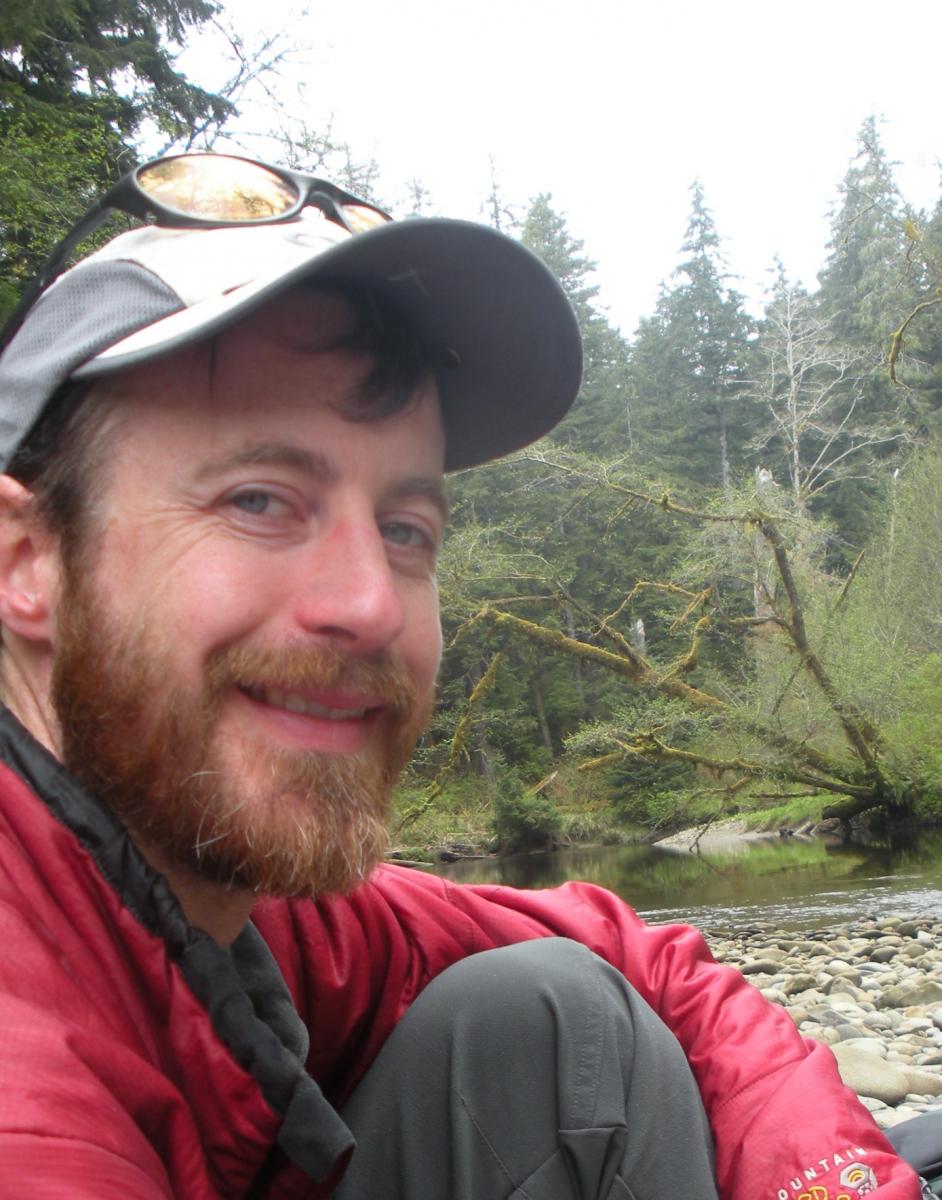
SERC Postdoctoral Fellow
Project: River Herring Habitat Modeling
How do human activities in a watershed affect fish habitat downstream or nearby? How can we answer the previous question when fish can be difficult to find? These are the foci of my work with the Fish and Invertebrate Ecology lab. Chesapeake Bay River Herring populations have declined precipitously in recent decades, but most of our knowledge of River Herring spawning habitat comes from studies in New England. The Fish and Invertebrate Ecology Lab surveys herring presence at dozens of different streams, and I use information about the stream network to and surrounding land-cover to explore what kind of streams herring use. The field surveys use cast-netting, plankton sampling, and environmental DNA collection to detect herring at each stream site. I am constructing statistical models that can account for the differing efficiency with which these observation techniques detect fish. This will allow us not only to better understand our field sampling techniques, but to better understand relationships between land-use and river herring habitat. Current position: National Park Service
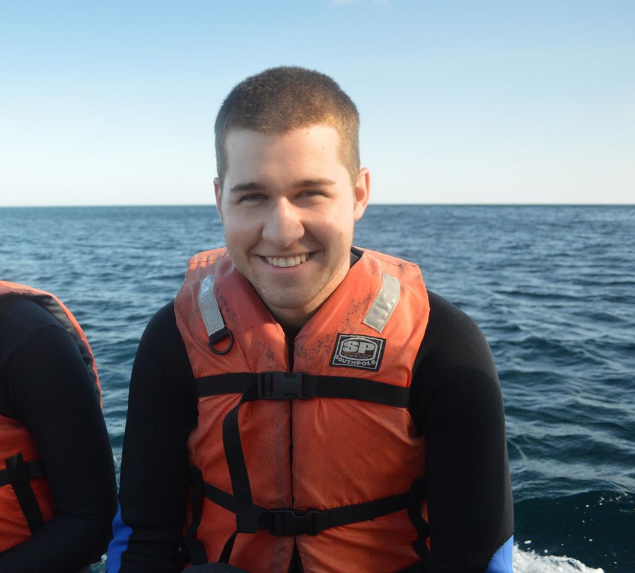
Project: Spatial and Temporal Variation of Recreational and Commercial Blue Crab Fishery in Maryland
Though managers of the blue crab fishery in the Chesapeake Bay keep annual records of commercial harvest, there is no such monitoring for recreational fishing. Through a mark-recapture experiment of adult blue crabs, I'm researching the relative impacts of recreational and commercial fishing in Maryland. I hope to evaluate how recreational fishing pressure varies, both spatially across the different tributaries of the Bay, and temporally over the course of the fishing season. My research also evaluates the connectivity and exchange of adult blue crabs between these different tributaries. With my work I hope to help improve blue crab population models that account for recreational fishing, and also to shed light on significant connections that may be important to blue crab harvest on a local scale. Current position: Ph.D. student, University of Lancaster, UK.
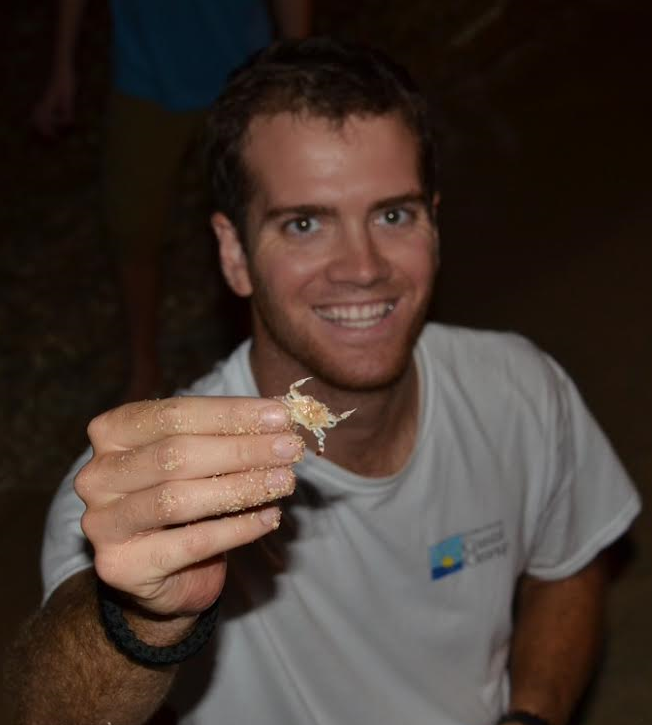
Project: Spatial Variation in Fishing Mortality of Mature Female Blue Crabs (Callinectes sapidus) in individual Chesapeake Bay Subestuaries.
From 2008 to 2012, the total US commercial landings of blue crabs (Callinectes sapidus) averaged over 173 million. In 2013 and 2014 – the last years for which data is available – just over 133 million pounds were harvested each year. Chesapeake Bay and its tributaries are an important system in this fishery, contributing greater than 30% of national commercial landings annually. In Chesapeake Bay, C. sapidus exhibits a complex life cycle in which, upon mating, females form a terminal molt and migrate to the saline waters of the mouth to release their fertilized eggs. As a result of sustained declines in harvest, recent management strategies have focused their efforts on the female blue crab fishery in order to protect the spawning stock and promote enhanced recruitment back into the Bay. My current research utilizes a broad scale mark-recapture study in 12 Chesapeake Bay subestuaries and one coastal embayment, designed to track female migration and quantify spatial variation in exploitation rates and reporting rates of spawning-age female blue crabs. Tagging is conducted in fall (September and October), when most females mature and migrate to the spawning grounds, and summer (July), when additional females mature and migrate to these spawning grounds. These data will provide resource managers with critical information to better manage this important fishery.


